Wet and dry methods to study surface and colloid biology
SURFBIO European project framework
4.63 (4 reviews)
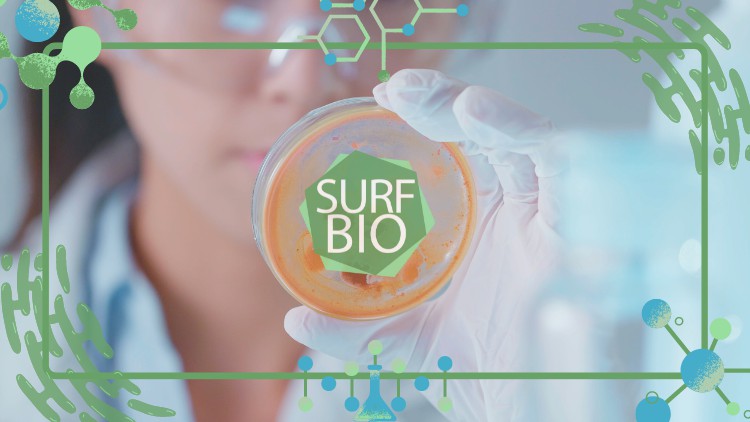
409
students
1 hour
content
May 2023
last update
FREE
regular price
What you will learn
Colloid Biology as a new scientific discipline
Cell-cell and cell-surface interactions
Advancing colloidal & surface biology with genomics
FAIR data management
Metabolomics for exploring cell-surface and cell-cell interactions
Advancing colloidal & surface biology with proteomics
OMICS data analysis and integration
Screenshots
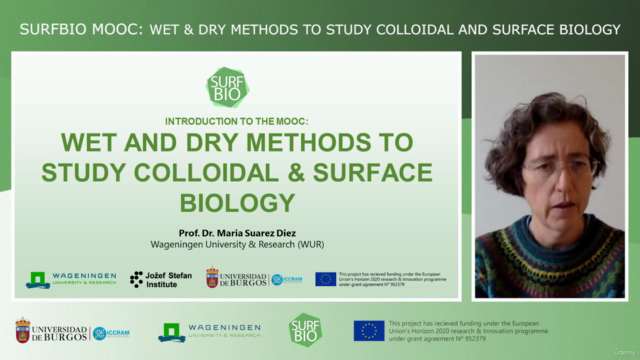
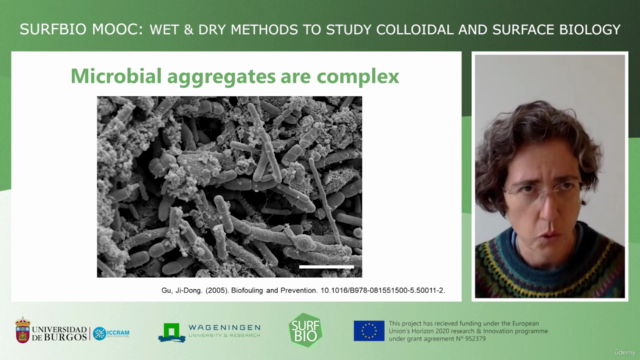
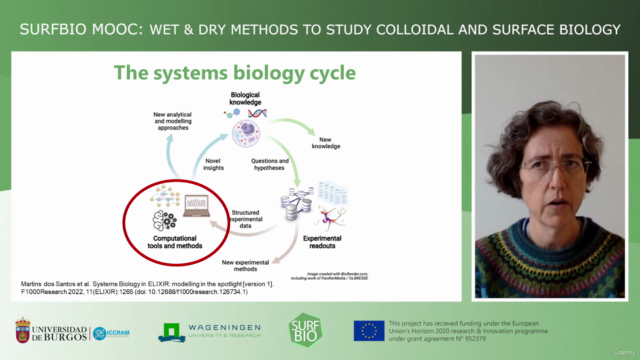
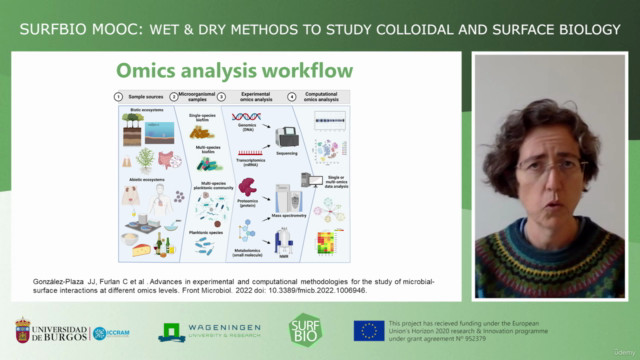
Related Topics
5305942
udemy ID
5/3/2023
course created date
5/20/2023
course indexed date
Bot
course submited by